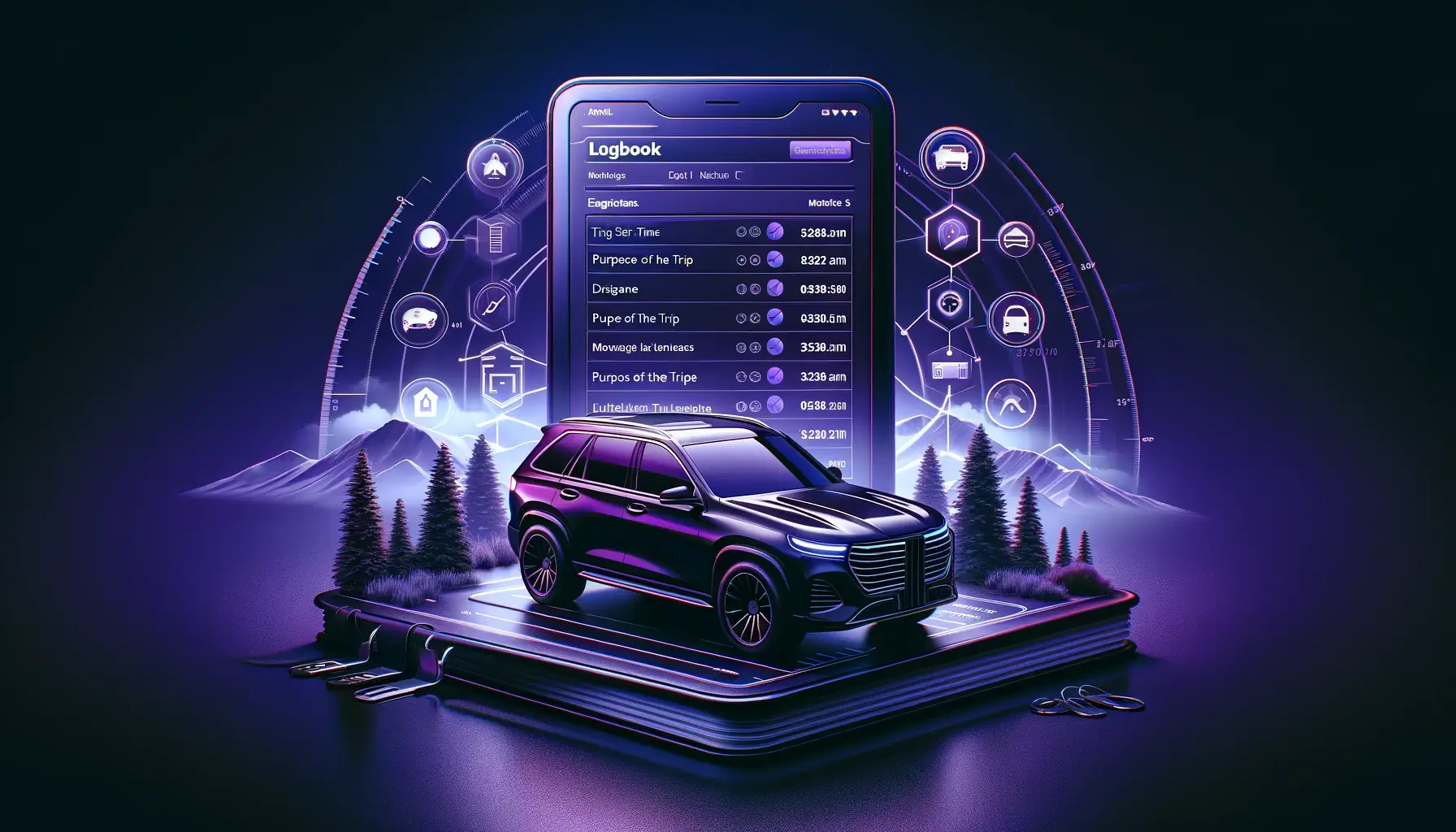Mit dem driveScore wird dein individueller Fahrstil direkt in die autoSense App übertragen.
Sieh dir an, wie sich dein Fahrverhalten über die Zeit hinweg verändert hat, setze es in Relation zur autoSense Community und bekomme wertvolle Hinweise darauf, wie du auf der Strasse effektiver und sicherer werden kannst. Starte jetzt durch und trage dazu bei, dass unsere Schweizer Strassen sicherer werden.
driveScore im Detail
Der driveScore von autoSense prüft genau, wie du dich auf der Strasse verhältst. Dieses Feature gibt dir Informationen über:
- Dein Beschleunigungsverhalten
- Wie du bremst
- Wie du dich in Kurven verhältst
- Deine allgemeine Fahrweise
- Einen anonymisierten Vergleich mit anderen Nutzern von autoSense
- Einen Überblick über dein Fahrverhalten über einen längeren Zeitraum
In deinem persönlichen Dashboard in der App siehst du deinen Gesamtscore, der auf der Grundlage aller deiner bisherigen Fahrten und deines aktuellen Fahrverhaltens erstellt wird. Ein passender Smiley zeigt sofort, wie gut oder schlecht es um deine Fahrkünste steht.
Wenn der Smiley in deiner App mal nicht so fröhlich aussieht, dann könnte es daran liegen, dass du vielleicht zu rasant beschleunigst, zu hart bremst oder zu schnell in Kurven fährst.
So funktioniert der driveScore
Der driveScore nutzt die Sensordaten des in deinem Auto installierten autoSense Adapters, um jede deiner Fahrten genau zu analysieren. Dazu gehören Daten wie Kilometerstand, Beschleunigung und Geschwindigkeit.
Jede deiner Fahrten bekommt auf Basis dieser Daten einen Score zwischen 0 und 100 zugewiesen. Besonders wichtig für diese Bewertung sind dabei das Beschleunigungs-, Brems- und Kurvenfahrverhalten.
Wie kommen die Werte zustande?
Je nachdem, wie du in bestimmten Situationen fährst - sei es Beschleunigen, Bremsen oder Kurven fahren - werden bestimmte Events erfasst. Zum Beispiel, wenn du zu schnell beschleunigst, abrupt bremst oder eine Kurve zu zügig nimmst. Jedes dieser Manöver, das über einem festgelegten Schwellenwert liegt, erzeugt ein solches Event.
Je nach Anzahl der während einer Fahrt vom autoSense Adapter erfassten Events wird dein driveScore nach oben oder unten angepasst. Wenn du beispielsweise über 100 km keinen Event hast, erreichst du den perfekten Score von 100. Aber wenn du, sagen wir mal, fünf Events hast - wie etwa abruptes Bremsen oder zu schnelles Kurvenfahren - dann fällt dein driveScore auf 50. Um deinen Score zu verbessern, musst du deinen Fahrstil anpassen und versuchen, ruhiger und sicherer zu fahren.
Generell wirst du wahrscheinlich einen besseren Score erzielen, wenn du lange Strecken, vor allem auf Autobahnen, zurücklegst. Dort gibt es weniger Ablenkungen und du kannst gleichmässiger fahren. Bei kürzeren Strecken in der Stadt mit vielen Stopps und Starts kann dein Score jedoch sinken.
Unzufrieden mit deinem driveScore?
Folge diesen Tipps:
- Beschleunige langsam und stetig.
- Vermeide abruptes Bremsen.
- Halte genügend Abstand zum vorderen Fahrzeug.
- Fahre Kurven gleichmässig und sicher.
Wir möchten, dass du sicherer fährst und dabei auch Spass hast. Daher haben wir zahlreiche Tipps und Ratschläge zusammengestellt, die dir helfen, deinen driveScore zu optimieren. Unabhängig davon, ob du gerade erst mit dem Fahren beginnst oder schon viel Erfahrung hast - in der App findest du für jedes Szenario den richtigen Tipp.



